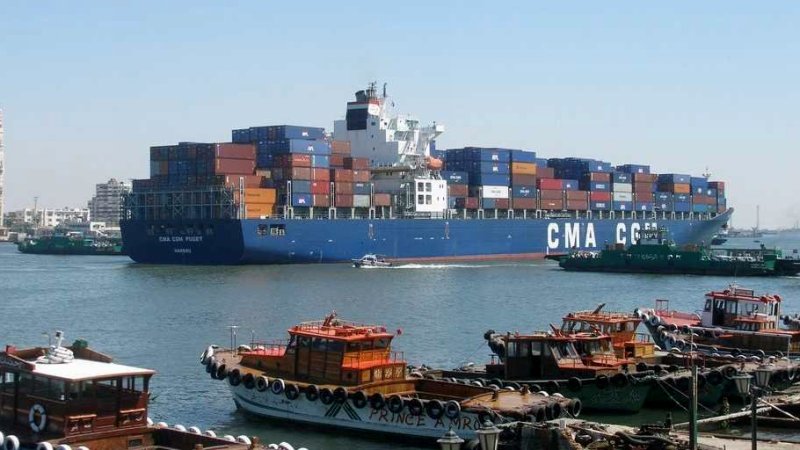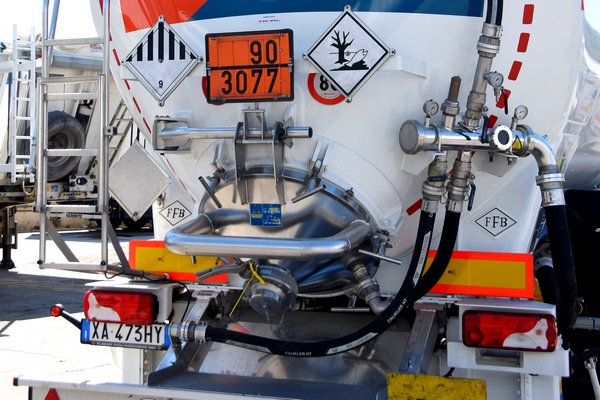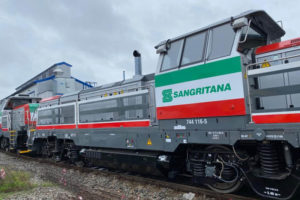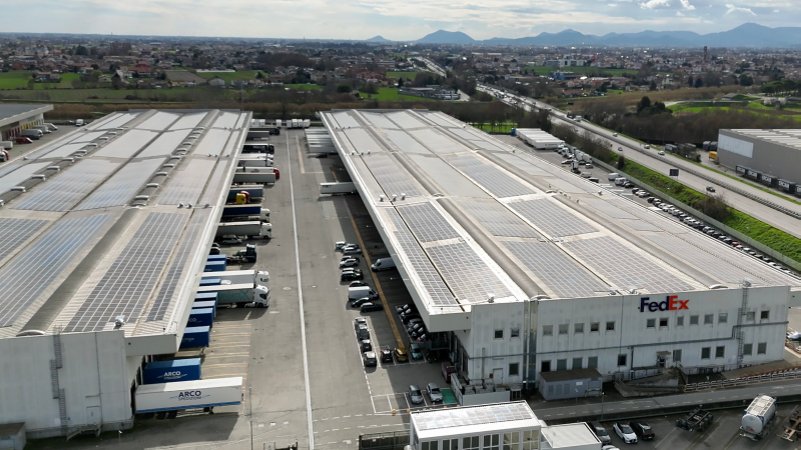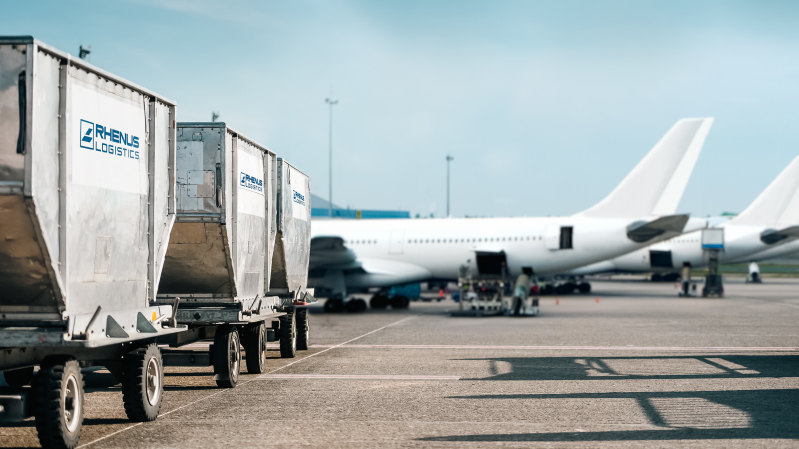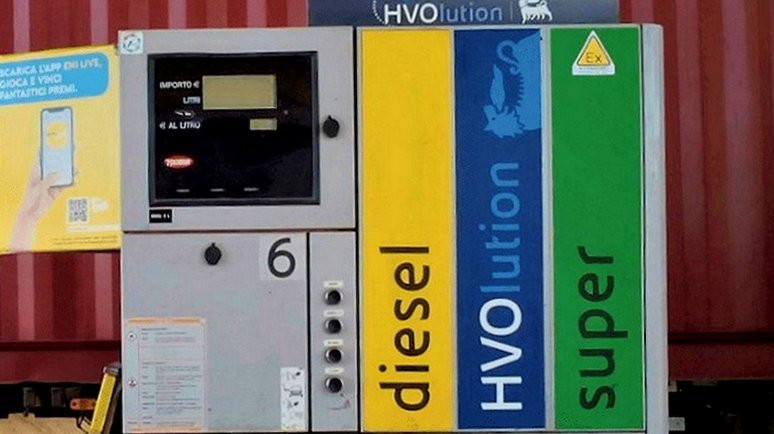According to data released by the International Air Transport Association (IATA) on October 31, 2024, total demand for air cargo, measured in cargo tonne-kilometers, rose by 9.4% in September compared to the same month last year, with international operations posting a growth rate of 10.5%. This marks the fourteenth consecutive month of rising demand. Available capacity, also measured in tonne-kilometers, increased by 6.4%, with international capacity growing by 8.1%. IATA attributes much of this growth to an increase in international belly capacity, which rose by 10.3%.
Willie Walsh, IATA's Director General, stated: "September's performance brought good news for the air cargo market. With a 9.4% year-on-year increase, cargo volumes continue to record unprecedented demand levels. Yields are also improving, with an 11.7% increase compared to 2023 and a 50% rise compared to 2019 levels. This points to a positive year-end outlook. Looking at long-term trends, air cargo will closely monitor the outcome of the U.S. elections to understand how U.S. trade policies will evolve."
The operating environment, however, showed mixed signals. On an annual basis, industrial production rose by 1.6%, while global trade in goods increased by 2.8%, marking the sixth consecutive month of growth. On a monthly basis, trade grew by 1.4%, reaching the highest level in seven months. However, the Purchasing Managers' Index (PMI) for global manufacturing and new export orders stood at 49.4 and 47.5, respectively, indicating a contraction.
On the inflation front, the U.S. Consumer Price Index fell by 0.2 percentage points to 2.4% in September, marking the seventh consecutive month of decline. In Europe, inflation dropped by 0.3 percentage points to 2.1%, continuing a trend that began in January 2023. In China, consumer inflation remained low at 0.4%, amid concerns over an economic slowdown.
In September, airlines in the Asia-Pacific region saw an 11.7% year-on-year growth in demand, with an 8.5% increase in capacity. North American airlines recorded a 3.8% rise in demand and a 4.2% increase in capacity. European airlines registered an 11.7% growth in demand, with capacity up by 7.5%. Middle Eastern carriers saw demand rise by 10.1%, while capacity increased by 2.9%. Latin American carriers experienced the highest growth in demand among all regions, at 20.9%, with capacity up by 7.9%. Lastly, African airlines saw the slowest growth, with a 1.7% increase in demand and a 13.9% rise in capacity.
International routes continued to show exceptional traffic levels for the fifth consecutive month, with a year-on-year increase of 10.5% in September. Airlines are benefiting from growing e-commerce demand in the U.S. and Europe, while capacity limitations in maritime shipping persist. Among major growth routes, the Europe-Asia corridor saw an 11.8% increase, marking the nineteenth consecutive month of growth. The Middle East-Asia route experienced a 13.9% increase, while intra-Asia growth stood at 13.4%. The Middle East-Europe route reported a 15.6% increase, while intra-Europe traffic grew by 18%, marking ten consecutive months of growth, nine of which were in double digits. The Africa-Asia route also continued to expand, with a 6.7% increase for the thirteenth consecutive month.


